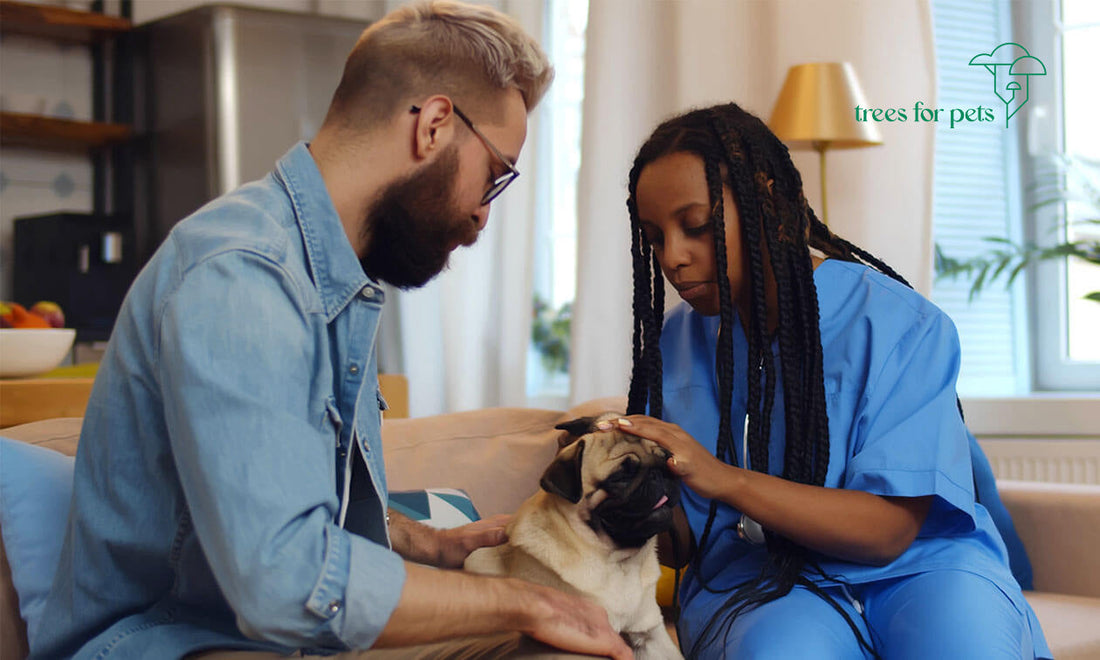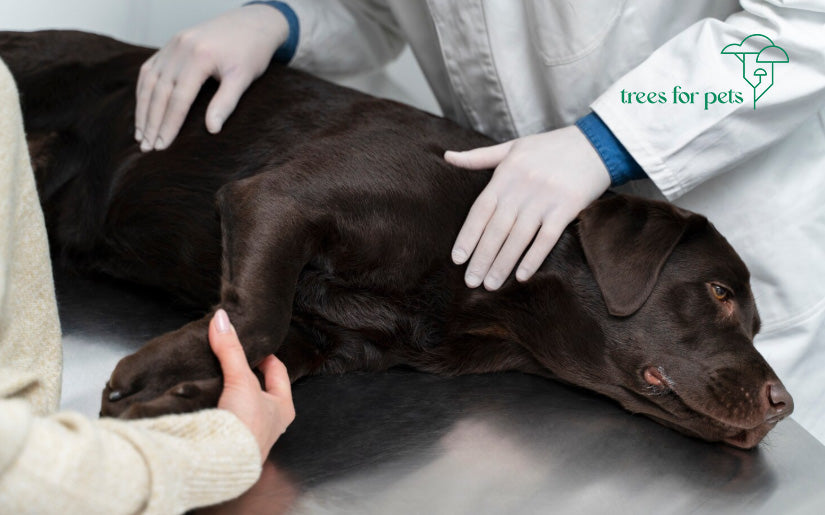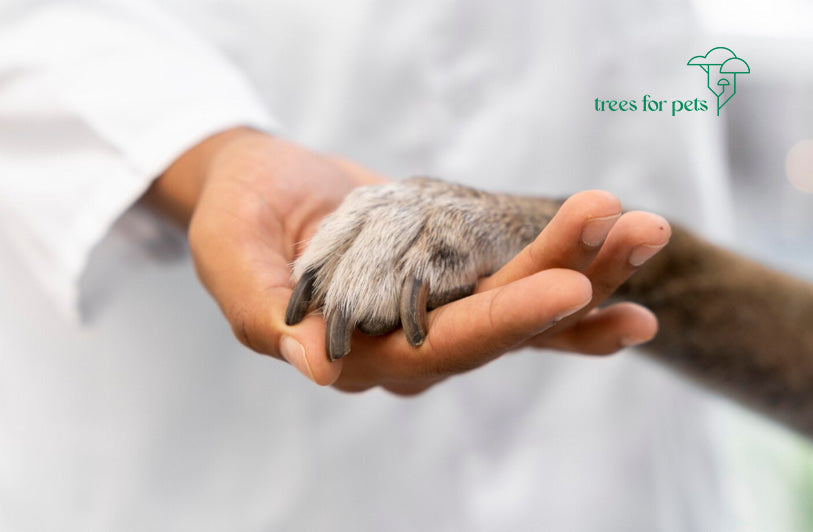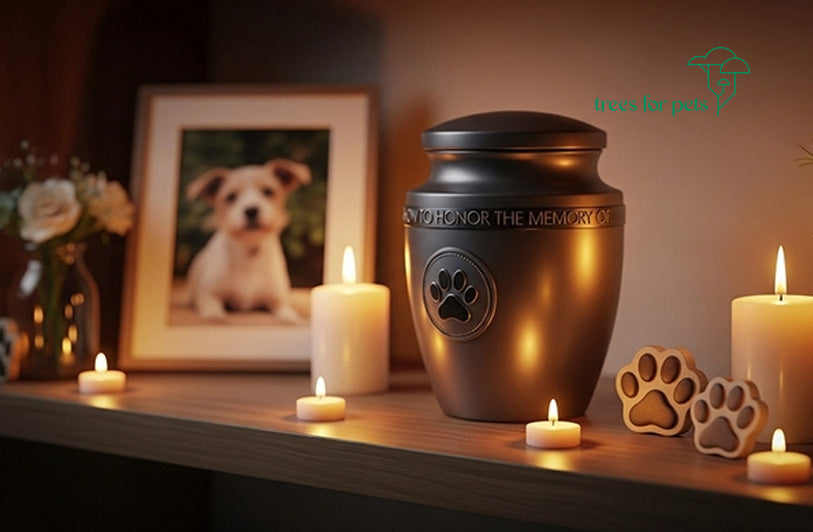When your pet faces a serious illness or enters their senior years, hospice care offers a compassionate alternative to aggressive treatments. It's about comfort, quality time, and making their remaining days as peaceful and pain-free as possible.
Think of it as choosing love over fighting a battle they might not want to fight anymore.
What Is Pet Hospice Care?
Pet hospice focuses on managing pain and symptoms rather than curing disease. It's for pets with terminal diagnoses or those too frail for intensive treatments. The goal shifts from extending life to enhancing the life they have left.
Instead of rushing toward medical interventions, hospice takes a holistic view—prioritizing pain management, emotional well-being, and creating meaningful final moments together.
This doesn't mean giving up—it means prioritizing their comfort and happiness over everything else.
What Services Are Included in Pet Hospice?
While each hospice program is different, most include:
Pain Management
Medications and therapies that reduce discomfort from arthritis, cancer, organ disease, or other chronic conditions.
Nutrition Support
Helping your pet eat comfortably, even if they’ve lost appetite, with special diets or feeding assistance.
Mobility Assistance
Tools like slings, harnesses, or ramps to make movement easier for senior or disabled pets.

Emotional Support for Families
Guidance for guardians struggling with anticipatory grief, including counseling or support groups.
End-of-Life Planning
Assistance with preparing for pet euthanasia, home goodbyes, or pet funeral decisions such as cremation, aquamation, or pet memorial gifts
Hospice care isn’t one-size-fits-all. It’s personalized to your pet’s needs and your family’s values.
At-Home Hospice Care
Most pet hospice happens at home, where your furry friend feels safest and most comfortable. A hospice veterinarian creates a personalized care plan including pain medications, appetite stimulants, and comfort measures.
You become part of the care team, learning to recognize their needs and provide daily support.
Signs Your Pet Might Benefit
It can be difficult to know when hospice is the right choice. Here are some signs your pet may benefit:
- A terminal diagnosis with no curative treatment available.
- Chronic illness causing ongoing pain or reduced quality of life.
- Struggles with mobility, appetite, or energy despite treatment.
- You want more time with your pet without unnecessary suffering.
- You need help navigating the emotional and practical aspects of end-of-life care.
Veterinarians often use quality-of-life scales to help families objectively measure whether their pet is still enjoying life or if they’re struggling too much. Hospice providers can guide you through this process.

Does Your Pet Need Hospice Care?
Not every pet will require hospice, but many can benefit. If your dog or cat is elderly, battling cancer, or struggling with multiple health issues, hospice can make their final days gentler.
Ask yourself these questions:
- Am I prioritizing my pet’s comfort over prolonging life at all costs?
- Do I want guidance on how to handle the emotional side of this journey?
- Would my family benefit from structured support during this time?
- If you answered yes, hospice might be the compassionate path forward.
Making the Decision
Choose hospice when you want to focus on creating beautiful final memories rather than pursuing treatments that might cause distress. It's about quality over quantity, comfort over cure.
Trust your heart—it knows what your pet needs.
Final Thoughts
Pet hospice care is about choosing comfort over crisis, and presence over panic. It’s not just medical support—it’s emotional guidance for both pets and families.
If your pet is reaching the end of their journey, consider exploring hospice services in your area. You might also find comfort in memorial options like Trees for Pets, where planting a tree in your companion’s memory creates a living legacy that grows as a symbol of love.
Because in the end, hospice isn’t about loss—it’s about celebrating a life well lived.








